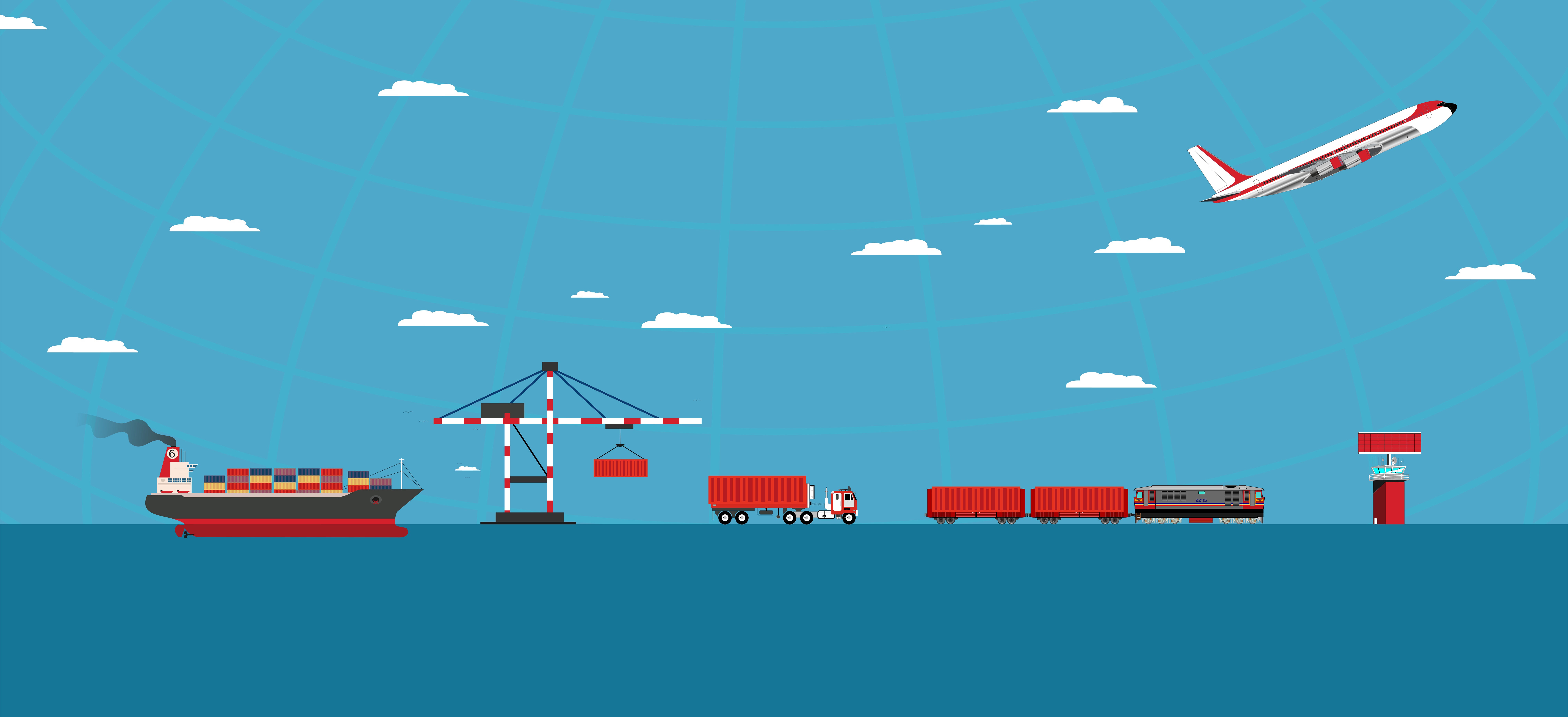The risks that impact the supply chain of manufacturers are continuously growing and changing. The supply chain is vulnerable to countless risks such as supplier relationships, manufacturing processes, shipment of finished products, and more. When conducting a risk management plan for your business, there are many major risk factors that are completely out of your control.
Below is a list of the top 10 risk factors that impact the supply chain of manufacturers.
Top 10 Supply Chain Risks for Manufacturers
1. Distribution disruptions
An important supplier moving their operations to another country can have a significant impact on the cost of raw materials and production. Risk managers should ensure regular communication and strong contracts with valuable parties to prevent this from happening suddenly.
2. Federal, state/provincial, or local regulations
Daily operations in the supply chain can be impacted by changes in laws and legislation that affect the area the organization is operating within. For example, changes in minimum wage laws or overtime regulations may increase costs rapidly.
3. Labor concerns
Unionized workplaces can make it difficult to adjust employee contracts when necessary. For example, the organization may be unable to lay off employees in slow periods of customer demand or reallocate assets. Employees must be properly trained in order to maximize productivity and reduce risks. They also must be compensated if they are injured, as well as replaced quickly so their absence will not disrupt production.
4. Competition
There's a growing concern with mergers and acquisitions of big brands in various industries. This has the potential to create monopolies, allowing organizations to eliminate competition and make it harder for smaller companies to survive.
Competition is also continuously changing and innovating; organizations must decide which new technologies and processes to adopt or risk getting left behind.
5. Commodity and raw material prices
A change in the price of raw materials raises the cost of production. This often leaves organizations no choice but to raise their price, influencing their buyers and their reputation.
6. General economic conditions
Factors such as inflation decide the rate at which the price of goods and services increases. A decision has to be made on whether to absorb price increases or pass them onto customers. An overall recession or economic boom can influence the availability and price of materials, consumers' buyer behaviour, labour availability, and more.
7. Environmental friendliness
Considering the environmental impact of daily operations is critical. Incorrectly disposing of waste can result in legal action and costly fines. In addition, consumers are becoming increasingly socially aware and are more likely to boycott any organization that shows negative environmental impacts.
8. Threats to international operations
Changes in international trade agreements such as the U.S. pulling out of NAFTA or the UK leaving the European Union can impact international deals such as importing and exporting. With the interconnectedness of organizations today, a change in just one country can have a global impact.
9. Cyber risk
Breaches in technology security are the biggest growing risks impacting organizations today. Hackers are becoming increasingly sophisticated and are able to access confidential information, steal money, and lock users out of their accounts. Without proper security protocols, all organizations are vulnerable to cyber attacks.
10. Currency risk
Changes in exchange rates impact both the cost of raw materials and production, especially if suppliers and customers are located in foreign countries. Currency fluctuations are increasingly volatile and difficult to predict.
ClearRisk's claims, incident, and risk management system enables organizations to monitor and control these risks among many others. Want more information? Learn more below.
If you found this article helpful, you may be interested in:
.png?width=1050&height=450&name=email%20signature%20(4).png)






Your comments are welcome.